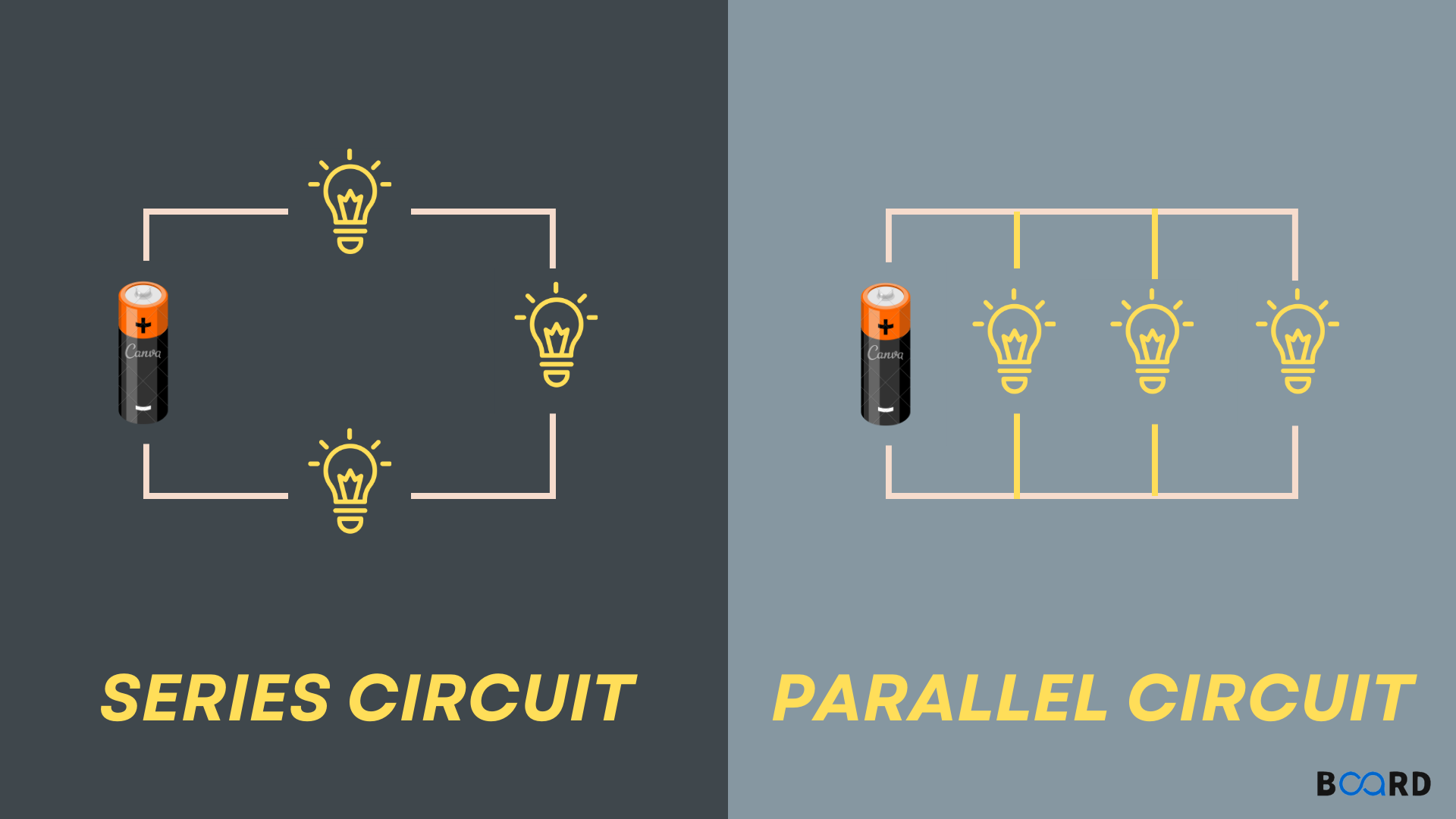
Introduction
Circuit switching is the name of the data transfer technique that makes use of messages being sent from one place to another. This entails transmitting signals simultaneously from the sender to the receiver and back.
A physical connection is made during this procedure along with the receiver; data is transferred over a dedicated circuit that is always available to handle data transfers. Circuit switching can be replaced by packet switching.
Data is transmitted in discrete, varying-length units in packet-switched networks.
Differences
Circuit Switching
Advantages
- It uses fixed bandwidth.
- As a dedicated communication channel is employed, communication quality improves.
- Data transmission happens at a defined pace.
- No time is lost waiting while switching.
- Long-term, continuous communication is recommended.
Disadvantages
- Even though the channel is open, extra data cannot be transmitted without a dedicated connection.
- Resources are not completely exploited.
- Setting up the physical link between the two stations takes too long.
- Each connection has to have its own specific route set up.
- Circuit swapping costs extra.
- The link is kept up until users break it until there is no data flow.
- More bandwidth is required for dedicated channels.
Parallel Switching
Advantages
- The packets are despatched to the destination as soon as they are available, thus there is no delay in delivery.
- Since the information is transmitted to the destination as soon as it is received, there is no need for extensive storage capacity.
- Due to the fact that these packets can also be routed via alternative pathways, failure in the connections does not prevent the transmission of the data.
- While sending their packets, many users might utilize the same channel.
- Since numerous sources may transfer packets from a single source connection when using packet switching, bandwidth consumption is improved.
Disadvantages
- The expense of installing packet switching is high.
- The adoption of complex protocols makes the transmission of these packets simple.
- Due to the significant latency involved in packet switching, high-quality voice calls cannot use it.
- Problems with connectivity might cause the information to be lost or delivered slowly.
